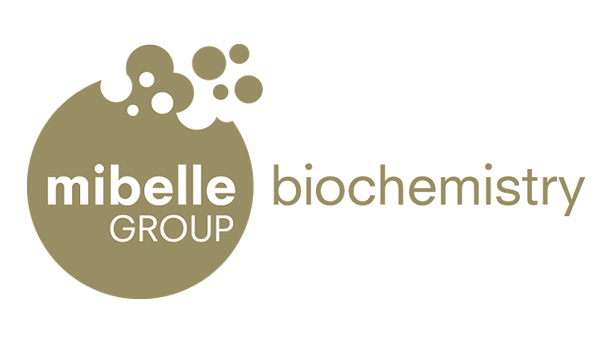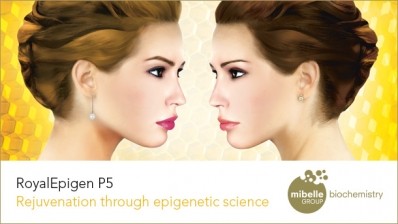Promotional Features
Rejuvenation through senolytics: clearing age-promoting cells in the skin
A novel anti-aging concept has taken hold in the medical world in the past years, with encouraging results in early trials. The concept of senolytics promises rejuvenation by specifically eliminating harmful senescent cells. This concept has now, for the first time, been adapted for the cosmetic industry.
Fibroblasts in the dermis are responsible for the production of collagen and other factors to form the connective tissue, as well as for assisting in the wound healing of the skin. When these fibroblasts either age or encounter too many harmful oxidative stresses, such as UV light and pollution, they become senescent. The formation and accumulation of senescent cells is one of the hallmarks of aging. Senescent cells are also called “zombie cells” for the following reason: whilst they no longer divide, they are also far from being dead. Senescent cells are able to block their own elimination by activating special pathways. Moreover, they continue to secrete signaling molecules that promote inflammation and can influence surrounding cells into also becoming senescent. Therefore, eliminating senescent cells has emerged as a promising anti-aging therapy in the medical field in the past few years. This novel concept known as “senolytics” helps to clear tissues of senescent cells without affecting healthy cells in order to reduce inflammation and rejuvenate the tissue.
For the first time, the concept of senolytics has been adapted for cosmetics with an extract of the leaves of organic Rhododendron ferrugineum, which is also known as alpine rose. Like other alpine plants, it has developed diverse strategies in order to resist extreme environmental conditions, such as large variations in temperature, UV and dryness, and a nutrient-poor soil. Due to the difficulty of cultivating the alpine rose, a collaboration was established with organic farmers in the Swiss Alps who harvest the precious leaves of the alpine rose by sustainable controlled wildcrafting. This makes it possible to extract leaves from plants that are stressed by natural environmental factors with steep temperature gradients and extremely high UV irradiation. These leaves are carefully extracted to yield the active ingredient Alpine Rose Active, which is ECOCERT certified.
The senolytic activity of Alpine Rose Active has been demonstrated in in vitro studies on senescent fibroblasts. Alpine Rose Active specifically contributed to the elimination of senescent cells while not affecting normal fibroblasts. In clinical studies, Alpine Rose Active prevented the formation of protein carbonyls, one of the most harmful irreversible protein modifications, upon UVA irradiation. Alpine Rose Active therefore also prevents the formation of premature senescent cells which are known to be caused by UV and oxidative stress. In addition, treatment with Alpine Rose Active significantly reduced skin redness and increased elasticity for a more youthful skin.
Alpine Rose Active offers a novel anti-aging concept based an organic plant material source, and offers unique benefits for manufacturers and consumers:
- First application of the senolytic concept to cosmetics
- Skin protection and rejuvenation efficacy shown in vitro and in vivo
- Organic alpine rose leaves were sustainably wildcrafted by farmers in the Swiss alps
- Without preservatives and alcohol
- ECOCERT certified






